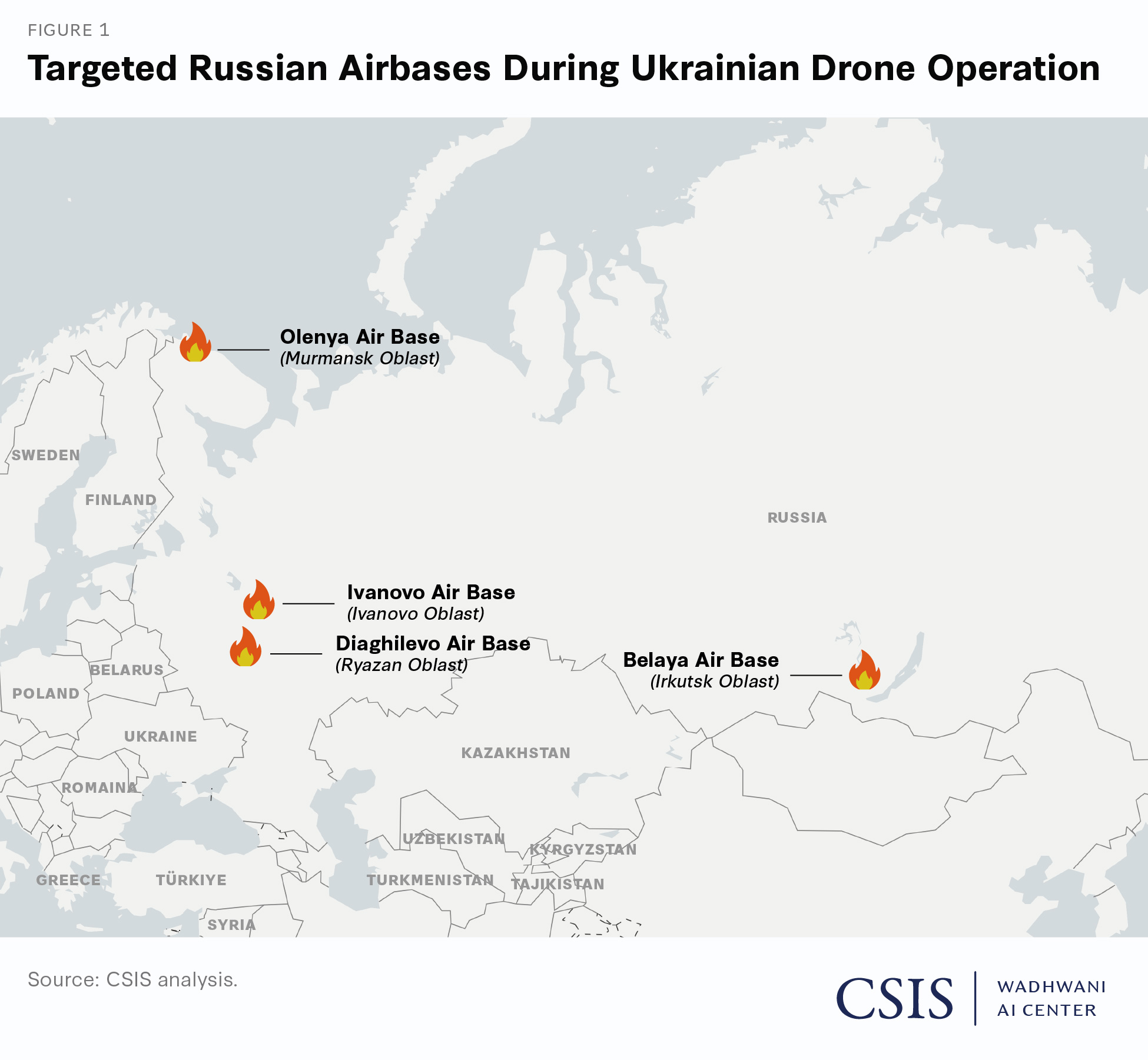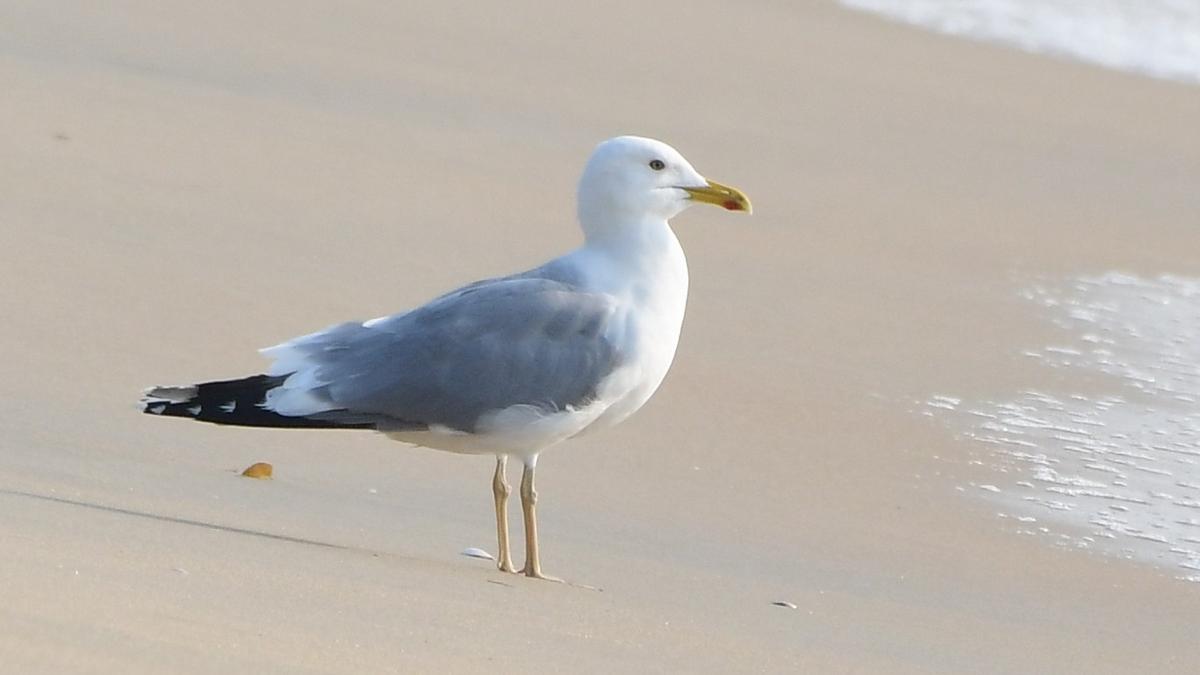UMEED Portal and Waqf (Amendment) Act, 2025
- 04 Jun 2025
In News:
The Government of India will launch the UMEED Portal to digitize and streamline the registration and management of Waqf properties under the Waqf (Amendment) Act, 2025.
What is the UMEED Portal?
- Full Form: Unified Waqf Management, Empowerment, Efficiency, and Development
- Purpose: A centralized digital platform to register, regulate, and monitor Waqf properties nationwide.
- Nodal Ministry: Ministry of Minority Affairs, in collaboration with State Waqf Boards and judicial authorities.
Objectives:
- Ensure transparent, efficient, and time-bound registration of Waqf assets.
- Digitally empower stakeholders with access to legal rights, obligations, and procedural information.
- Resolve long-pending disputes and enhance accountability in Waqf administration.
- Provide real-time data, including geo-tagged property mapping, to support policymaking.
Key Features:
- Time-Bound Registration:All Waqf properties must be registered within six months of the portal's launch.
- Geo-Tagging and Digital Mapping:Properties must be geo-tagged and include precise dimensions for registration.
- Dispute Resolution Mechanism:Properties not registered by the deadline will be automatically flagged as disputed and referred to Waqf Tribunals for adjudication.
- Legal Support Services:The portal offers awareness tools regarding the amended Act and clarifies legal entitlements.
- Women-Centric Provision:Properties solely in women’s names cannot be declared as Waqf. However, women, children, and the economically weaker sections (EWS) remain eligible beneficiaries.
About Waqf and Recent Legal Reforms:
- What is Waqf?
A Waqf is a permanent charitable endowment under Islamic law, where assets (usually land) are donated for religious or public welfare purposes. Such property is inalienable and cannot be sold, inherited, or transferred.
- Waqf (Amendment) Act, 2025:
- Digital Mandate: Mandatory online registration of all Waqf properties within 6 months.
- Judicial Oversight:Introduced provision for appealing Waqf Tribunal decisions in the High Court within 90 days.
- Tribunal Empowerment:Unregistered properties after the deadline will be treated as disputed and decided by Waqf Tribunals.
- Government Monitoring:Enhanced role of State Waqf Boards in ensuring compliance, registration, and dispute handling.
Significance:
- Aims to reduce litigation, encroachments, and opacity in Waqf land management.
- Bridges the gap between community welfare and digital governance.
- Strengthens institutional mechanisms for protecting religious endowments and improves access to justice.
Seva Se Seekhen Campaign
- 04 Jun 2025
In News:
The Government of India has launched the ‘Seva Se Seekhen’ (Learn by Doing) campaign to empower youth through hands-on experience at Jan AushadhiKendras (JAKs). Starting from June 1, 2025, this initiative aims to blend experiential learning with public health outreach.
About the Campaign:
- Launched in: 2025
- Nodal Ministries:
- Ministry of Youth Affairs and Sports
- Department of Pharmaceuticals, Ministry of Chemicals and Fertilizers
- Framework:Part of the National Youth Development Framework, aligning youth engagement with grassroots service.
Objectives:
- Provide experiential learning opportunities in real-world public service settings.
- Raise awareness about generic medicines and enhance health literacy.
- Equip youth with technical and soft skills in areas such as inventory, logistics, customer service, and communication.
- Foster values such as discipline, empathy, and civic responsibility among the youth.
Key Features:
- Nationwide Implementation:
- Five youth volunteers per district will be placed across five Jan AushadhiKendras.
- Covers all states and Union Territories.
- Volunteer Sources:Participants are selected from:
- MY Bharat
- National Service Scheme (NSS)
- Pharmacy colleges
- Other youth-focused platforms
- Duration:15-day structured engagement, including guided tasks and learning outcomes.
Roles and Responsibilities of Volunteers:
- Support daily functioning and customer services at JAKs.
- Assist in medicine inventory and logistics management.
- Promote generic medicine awareness among the public.
- Participate in community health outreach activities.
- Observe backend processes like supply chains and stock maintenance.
Key Benefits for Youth:
- Practical exposure to pharmacy operations and public health service.
- Skills in record-keeping, inventory handling, and basic operations.
- Development of employability and customer interaction skills.
- Insights into affordable healthcare delivery under schemes like Pradhan Mantri Bhartiya JanaushadhiPariyojana (PMBJP).
Operation Spider’s Web

- 04 Jun 2025
In News:
On June 1, 2025, Ukraine executed Operation Spider’s Web, its most extensive drone-based military strike against Russia to date. The attack destroyed an estimated $7 billion worth of Russian aircraft, including approximately 34% of Russia’s strategic bomber fleet. The operation occurred just before the second round of peace talks between the two countries in Istanbul.
Key Highlights:
- Nature of Operation:A high-precision, long-range drone strike aimed at crippling Russia’s strategic air power, especially bombers capable of launching cruise missiles and nuclear warheads.
- Planning and Execution:
- Orchestrated over 18 months by the Security Service of Ukraine (SBU).
- 117 explosive-laden drones were deployed simultaneously.
- Drones were concealed in wooden sheds on civilian trucks, enabling stealth transport across vast distances.
- Once positioned, they were remotely launched, surprising Russian air defences.
- Airbases Targeted:The operation struck five major Russian airbases:
- Belaya (Irkutsk)
- Dyagilevo (Ryazan)
- Ivanovo Severny
- Olenya (Murmansk)
- Ukrainka
- Geographic Reach:Some drone targets were over 4,300 km from the front lines, marking the deepest Ukrainian strike inside Russian territory.
Strategic and Political Context:
- The drone strike came hours after Russia's Iskander-M missile attack on a Ukrainian military training centre in Dnipropetrovsk, which killed 12 soldiers and injured over 60.
- Ukrainian Major General MykhailoDrapatyi resigned, accepting personal responsibility for the missile casualties.
- Ukrainian President Volodymyr Zelenskyy hailed Operation Spider’s Web as a “brilliant success,” showcasing Ukraine’s evolving tactical capabilities.
- The operation served to strengthen Ukraine’s negotiating position ahead of the June 2 Istanbul peace talks.
Peace Negotiation Backdrop:
- The Istanbul talks followed an earlier round that resulted in the largest prisoner exchange since the start of the war but lacked a concrete ceasefire plan.
- Ukraine is expected to propose:
- A 30-day ceasefire
- Mutual prisoner release
- A high-level summit between Presidents Zelenskyy and Putin
- However, Russia has reportedly rejected all ceasefire proposals and has not submitted a formal response.
Wider Conflict Situation:
- As of late May 2025, Ukraine has lost around 18% of its territory to Russian control.
- Meanwhile, Russian forces continue their advance, recently capturing a village in Ukraine’s northern Sumy region.
Caspian Gull (Laruscachinnans)

- 04 Jun 2025
In News:
In a significant ornithological development, the Caspian Gull, one of the rarest gull species to be recorded in India, was positively identified five years after being sighted at Kappad Beach, Kozhikode, Kerala. This marks the first confirmed sighting of the species in Kerala, and only the second in southern India.
Discovery and Identification:
- Ornithologist Abdulla Paleri first spotted the bird in February 2020 but took five years to confirm its identity due to its close resemblance to the more commonly seen Steppe Gull.
- The Caspian Gull differs subtly in features such as head and beak shape, posture, wing pattern, and leg morphology.
- Images were shared with international experts and on the eBird platform, where ornithologists Oscar Campbell and Hans Larsson confirmed the identification. The sighting has remained unchallenged since.
About Caspian Gull (Laruscachinnans):
- A monotypic, large, white-headed gull species, considered rare in India.
- Regularly breeds in Central Asia, particularly in steppe and semi-desert habitats with lakes, rivers, and reservoirs.
- Nesting usually occurs on flat, low-lying areas near water bodies, often surrounded by reedbeds.
- The species feeds on fish, insects, molluscs, and other invertebrates.
Migration Pattern:
- It migrates from the Black Sea and Caspian Sea region to southern and eastern Kazakhstan, western China, and parts of South Asia during winter.
- Traditionally winters in the eastern Mediterranean, Persian Gulf, and western India (like Gujarat).
- Increasingly, small populations are dispersing into Europe, including Sweden, Norway, and Denmark.
- The Kozhikode gull is believed to be a straggler—a bird that deviates from its usual migratory route.
Conservation Status:
- IUCN Red List:Least Concern, Despite its rarity in India, the species is not globally threatened.
BharatGen

- 04 Jun 2025
In News:
Union Minister Dr. Jitendra Singh launched BharatGen, India’s first indigenously developed, government-funded Multimodal Large Language Model (LLM) at the BharatGen Summit 2025, marking a significant step in India’s AI innovation landscape.
About BharatGen:
- BharatGen is a Multimodal LLM designed to support 22 Indian languages and various content formats—text, speech, and image.
- Developed under the National Mission on Interdisciplinary Cyber-Physical Systems (NM-ICPS) and implemented by the TIH Foundation for IoT and IoE at IIT Bombay.
- Supported by the Department of Science and Technology (DST), it is a collaborative effort involving premier academic institutions, researchers, and innovators.
Key Features:
- Multilingual and multimodal capabilities (text, voice, image inputs).
- Open-source platform to encourage accessible innovation.
- Trained on Indian datasets to reflect Indian linguistic and cultural diversity.
- Integrated applications across critical sectors like healthcare, education, governance, and agriculture.
- Aims to deliver region-specific AI solutions rooted in Indian values and societal contexts.
Implementation Mechanism:
- Executed through 25 Technology Innovation Hubs (TIHs) across India.
- Four of these TIHs have been upgraded to Technology Translational Research Parks (TTRPs) for real-world deployment.
- Guided by four pillars: technology development, entrepreneurship, human resource development, and international collaboration.
